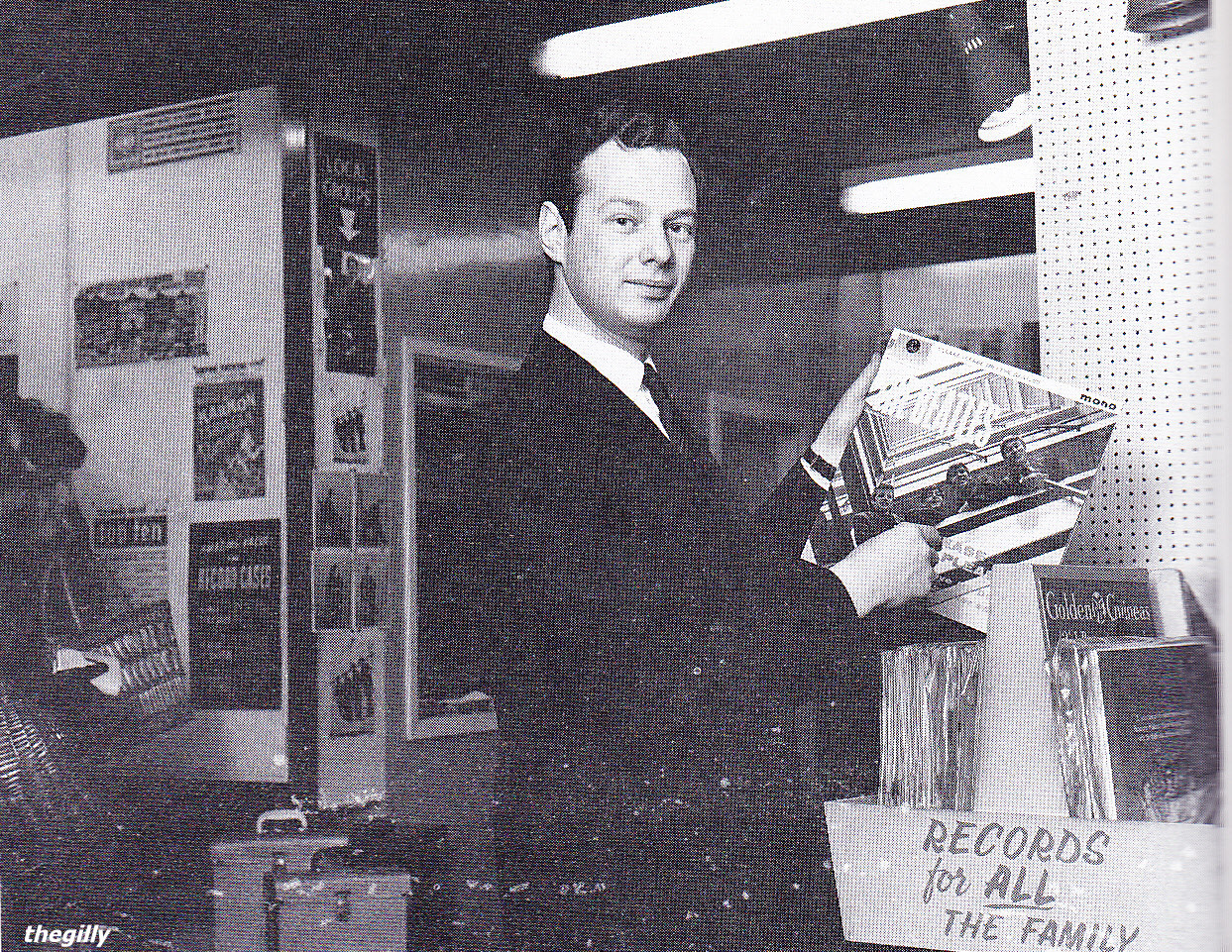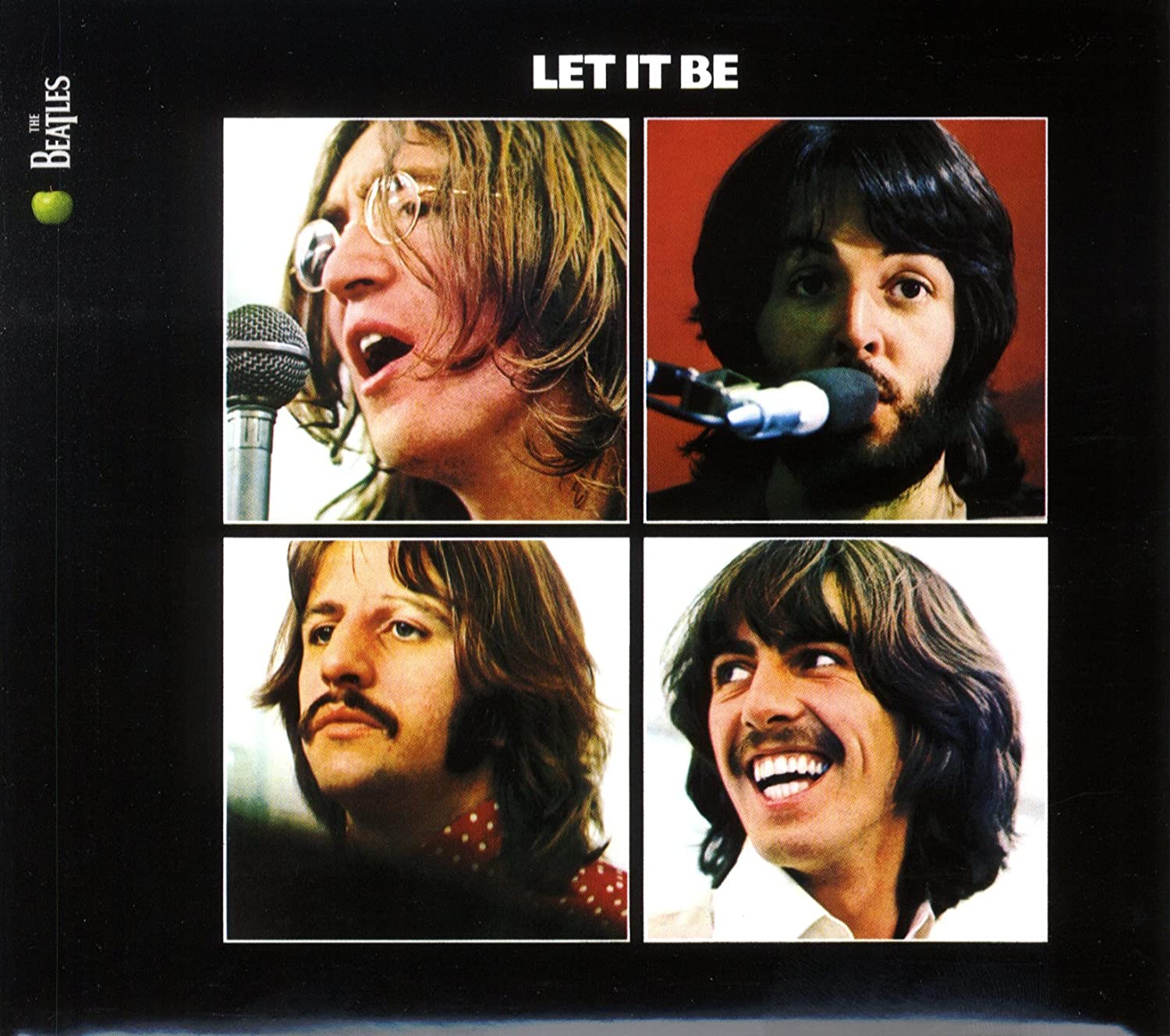

Raymond Jones
RAYMOND ‘SPIKE’ JONES, having learned from his dad the best place to fish was wherever the fish are, pinned up a postcard on the upstairs notice board at Hessy’s Music Store. The place was as busy as ever, so his advertisement offering his services to any group looking for a rhythm guitarist or anyone interested in forming a group was sure to be seen by masses of people. He stepped back and nodded. The drawing he’d done of his Rosetti Solid 7 guitar wasn’t half-bad. The different shades of red coloured pencil he’d used to add texture and depth to the body of the guitar made the postcard really stand out.
“At least my time at the Art College wasn’t a complete waste,” he muttered under his breath. Then he turned and shouted, “Hey, thanks there, Jim.” And back, above all the noise, came Jim Gretty’s fluting tenor, “That’s all right lad, anything to help a fellow musician.”
Still smiling, he stood on the corner of Stanley Street and surveyed the mob of Saturday shoppers, then glanced up at the clock outside the Kardomah and saw it was almost three o’clock. He had twenty minutes before his bus was due and he looked at the few coins he had in his pocket, then across the street at NEMS.
Mersey Beat
Raymond Jones hadn’t got the new edition of Mersey Beat, yet. So he could read it on the bus home. That decided, he played matador with the traffic on Whitechapel and was just about to enter the store, when a smartly dressed young man strode out of the shop as if he owned the place. Spike took a quick step back and for the very briefest of moments the man looked at him intently with a quizzical smile on his face. “Do excuse me,” he said, “I’m late for an appointment.”
Then he disappeared in a cloud of after-shave. “Don’t mention it,” Spike muttered in his wake and made his way downstairs to the store’s jazz and popular-music record department in the basement. As usual the place was packed and knowing he didn’t have too much time he quickly went and stood in line and waited for a sales assistant to be free.
The girl at the record counter looked at him. “Yes, sir,” she said pleasantly. “What can we do to help you?” She tried to act just as she’d been schooled by Mr Brian, himself, and not be put off by the young man’s scruffy leather jacket and jeans. “Everybody,” she remembered, Mr Brian saying, “is an important potential customer and should always be treated as such. We must never, ever send anyone away empty-handed, if we can possibly help it. Satisfaction is all. That’s the NEMS way.”
The Beatles
“Er, have you got a record by The Beatles?” Spike asked. “Only, I heard Bob Wooler, the DJ, play it at Hambleton Hall, last Sunday and again at the Cav, Thursday lunchtime. He said it was from Germany. And I was wondering, if you’ve got it, can I have a listen, please?”
“My Bonnie”
“It’s called ‘My Bonnie’,” she said, smiling. “But, no, we don’t have it in stock, although you must be the eighth or ninth person today to come in and ask for it. Is it any good, like? Only, I haven’t heard it myself. But they’re fab, aren’t they, The Beatles?”
“Yeah, there’s no one can touch them, if you ask me.”
She pointed to the big poster for ‘Operation Big Beat’ pinned up on a nearby wall. “We’ve got tickets for that event, on sale, if you like?”
“No, thanks, very much. I’ve sort of got mine, already, like.”
In the true NEMS manner, she persisted. “Well, er, would you like me to order the record for you, then?”
“No, that’s okay, I only wanted a quick listen, but, er, I will take a Mersey Beat.” She handed him a copy from the top of the pile sitting on the counter and he handed her a threepenny bit. She smiled and he smiled back. “But, look, thanks for offering,” he said. Then he left.
A slim dark-haired young man in a smart suit came up and stood next to the young girl. “And what did scruffy want, Rita?”
“It was someone else asking for that new record by The Beatles, Mr Alistair. But he didn’t want to order it. He only wanted to have a listen.”
CODA | SOMETIME LATER
‘What’s this all about, Mr Epstein, sir?”
“Er Spike…?”
“My name’s Raymond, Raymond Jones.”
A shadow crossed over Brian Epstein’s face as he thought of the awful night, in Hamburg. He suppressed a shiver. “The thing is, Raymond, I…I really can’t thank you enough for what you did.”
“I didn’t do anything, Mr Epstein. Really, I didn’t.”
“But I was there, Raymond. I saw what happened with my own eyes. You kept it all from ending before it had ever really begun.”
“I’m sorry…I don’t follow.”
Bigger Than Elvis
“They’re going to be bigger than Elvis. The Beatles…John’s group…one day they’re going to be even bigger than Elvis Presley. I know it, Raymond. I see it so clearly. They have the talent…the¼”
Spike was on firmer ground here. “Yeah, they’re great, no one to touch them. But there’s hundreds of groups all round Merseyside…all of them dead set on beating The Beatles in the next Mersey Beat Popularity Poll.”
Charisma
“Yes, I write a column for Mersey Beat and know the editor, personally. And I’m very well aware of all the talent in Liverpool. It’s just that The Beatles are different. They’re special. They have something even more important than talent. They have charisma. One can’t take one’s eyes off of them. And as The Beatles become more and more famous, I want to ensure you’re a part of their story…forever.”
“I’m sorry, Mr Epstein, I still don’t follow.”
“I want to make you part of the legend, Raymond. One day I’ll tell the whole story. Write a book so people will know what really happened. And I’ll say you were there at the very beginning and that it was all down to you that I went out and discovered The Beatles.”
Get Tony’s book, “The One After 9:09” now

The One After 9:09
A DISAFFECTED LIVERPOOL TEENAGER BECOMES INVOLVED WITH THE BEATLES WHEN HE’S HIRED TO HELP PREVENT THE MURDER OF THE GROUP’S MANAGER, BRIAN EPSTEIN.
PURCHASE ON AMAZON
Kindle from $2.99 and Paperback from $6.99
























